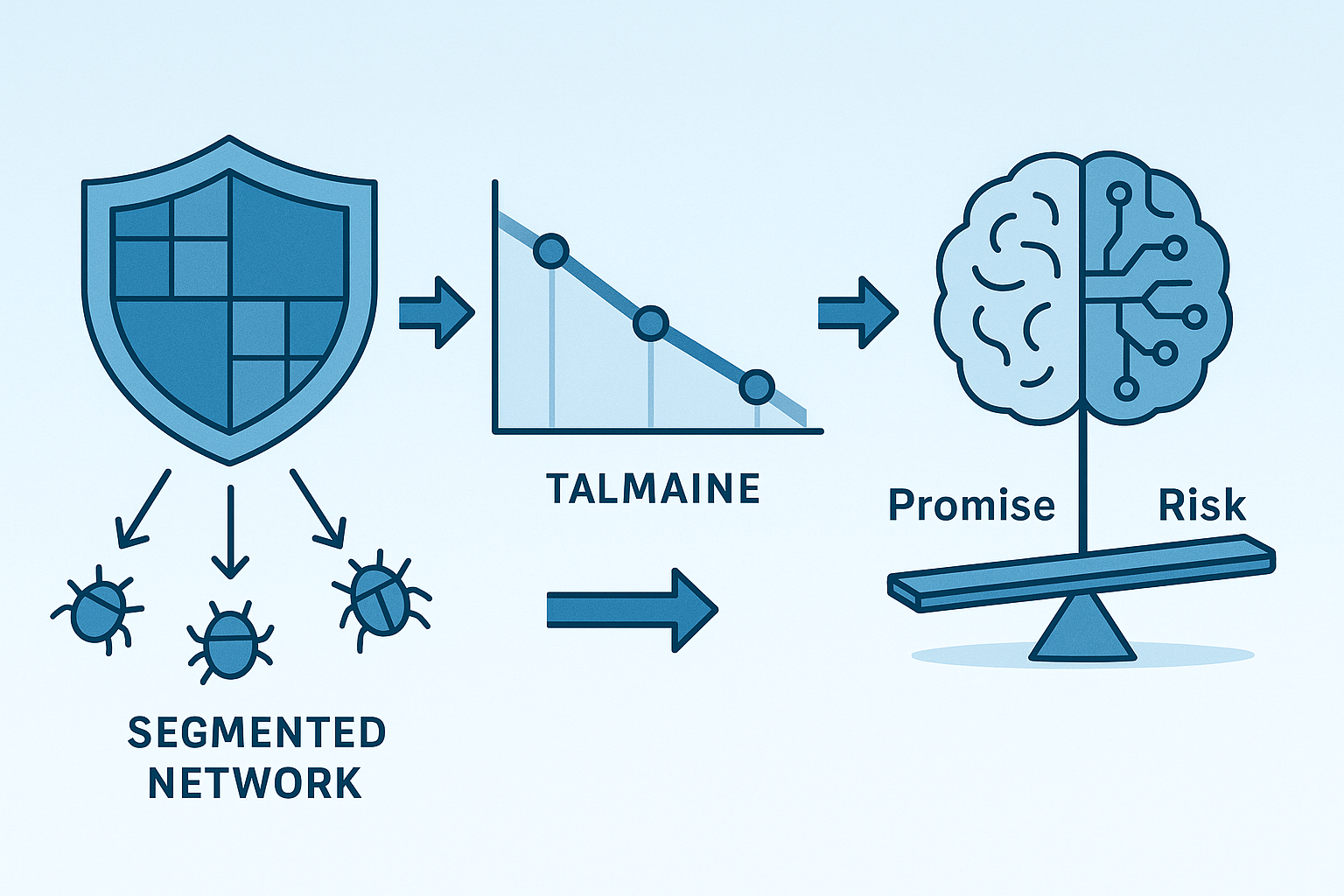AI, Cyberattacks & The Artful Decline of Data Breaches
A Fresh Jolt in Cybersecurity: Lessons from Cellcom and Down Under
Welcome to the latest episode of cybersecurity whiplash, where the scriptwriters seem obsessed with both catastrophe and cautious optimism. Recent breaches at Cellcom and Australia’s largest pension funds remind us that no digital fortress is truly impregnable.
Amidst the chaos, data breach rates are apparently falling, fueled—ironically—by the very technology that may one day outsmart its creators: Artificial Intelligence. So, are we witnessing the dawn of cyber stability, or simply a calm before an even smarter storm?

The Cellcom Debacle: Network Resilience in Action
Cellcom, a venerable name in telecommunications, recently became the latest entry in the breached-and-exposed logbook. After a five-day network blackout, Cellcom confessed: yes, it was indeed a cyberattack.
The punchline? No customer data was leaked, thanks to painstakingly segmented networks and a response plan that actually involved real experts instead of frantic button-mashing. The incident is part triumph of preparation, part cautionary tale—proof that even sturdy defenses demand eternal vigilance.
Pension Pains: Australia’s $500k Reminder
Across the map, Australia’s top pension funds experienced their own digital reckoning. Attackers compromised over 20,000 accounts, extracting nearly half a million Aussie dollars using classic credential theft and exploiting the frailed lifelines of SMS-based 2FA.
The breach exposes a shared Achilles’ heel: insufficient authentication and sleepwalking security monitoring. A familiar lesson delivered—yet again—at significant cost.
The AI Revolution: Saviour or Saboteur?
Meanwhile, artificial intelligence is being crowned both kingmaker and potential saboteur of the digital realm. In 2025, AI isn’t a niche; it’s foundational. Financial services, healthcare, and other domains are slotting in custom AI systems at breakneck pace to turbocharge efficiency and decision-making.
But the speed thrill comes with queasy concerns. As AI embeds itself in mission-critical systems, security gaps multiply. A full 70% of organizations now fret over the gap between AI’s breakneck adoption and the plodding development of trustworthy security and oversight.
Declining Breaches: Progress or Mirage?
Cheer up—sort of. The numbers on reported data breaches have declined, with just 45% of businesses admitting incursions in 2025, compared to 56% a few years earlier. Is it real progress or just better PR and regulation-induced transparency?
The threat scene is hardly dowdy: hacktivists and nation-states are jockeying for prominence, and cyber villains are getting ever more sophisticated. The only thing evolving faster than the attackers, it seems, is the regulatory red tape they drag behind.
Regulation: Keeping Pace or Chasing Shadows?
Governments and industries are scrambling to write playbooks for a game that changes every quarter. Regulatory frameworks are patchy, ethical AI is a moving target, and the compliance journey is more marathon than sprint. The wild card? Innovation still leaps regulatory hurdles with mischievous glee.
Conclusion: Dancing on the Razor’s Edge
In the great pas de deux between cybersecurity and AI, every step forward is matched by a stumble into new vulnerability. If we’re lucky, AI will help outsmart hackers before it learns to ‘outsmart’ us—whatever that might mean.
The best advice? Remain on your toes, keep your networks segmented, and remember: the line between clever defense and cleverer offense grows ever blurrier. Whether AI becomes the hero or the next big headache remains to be seen, but the future will demand both humor and urgency in equal measure.



